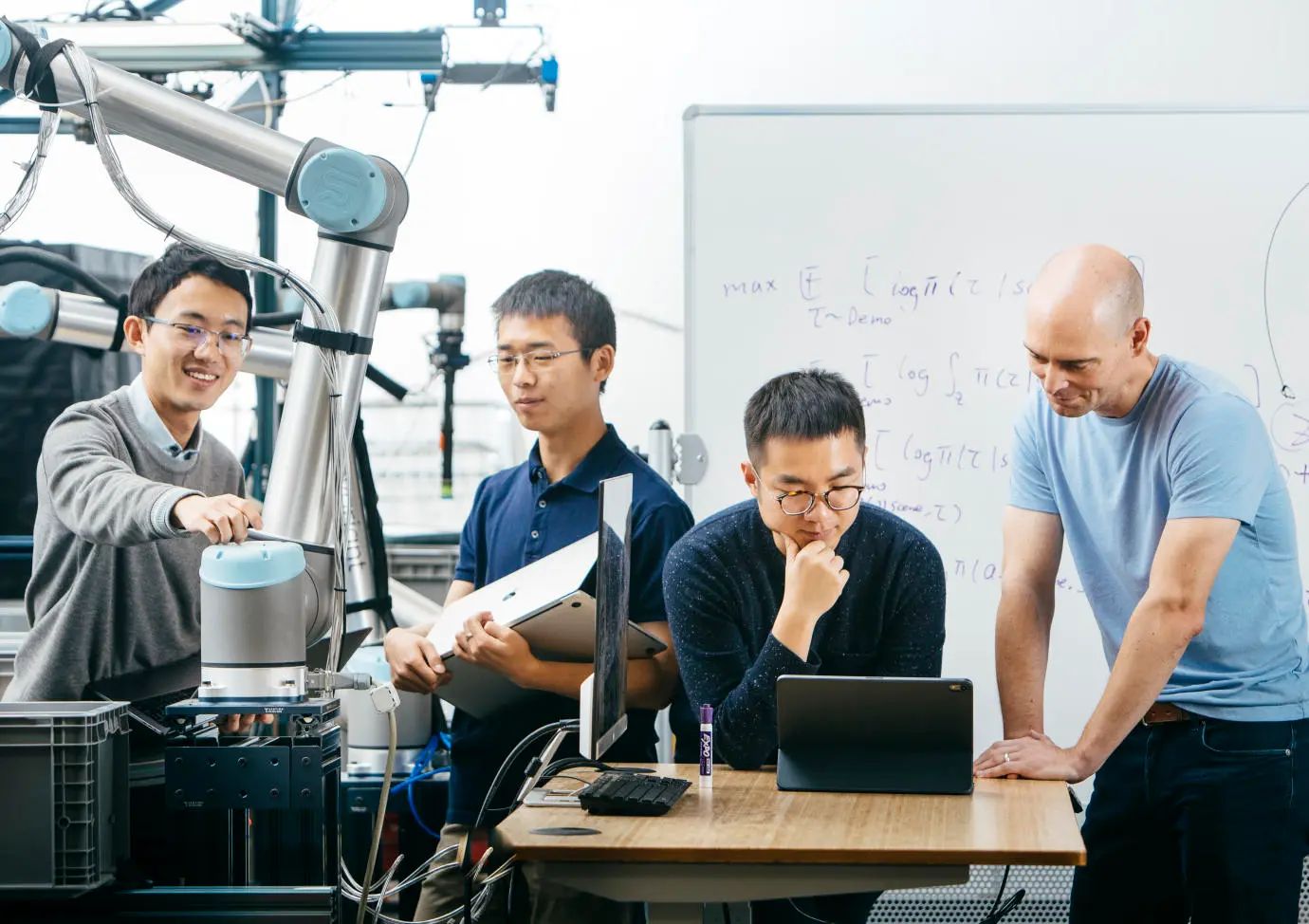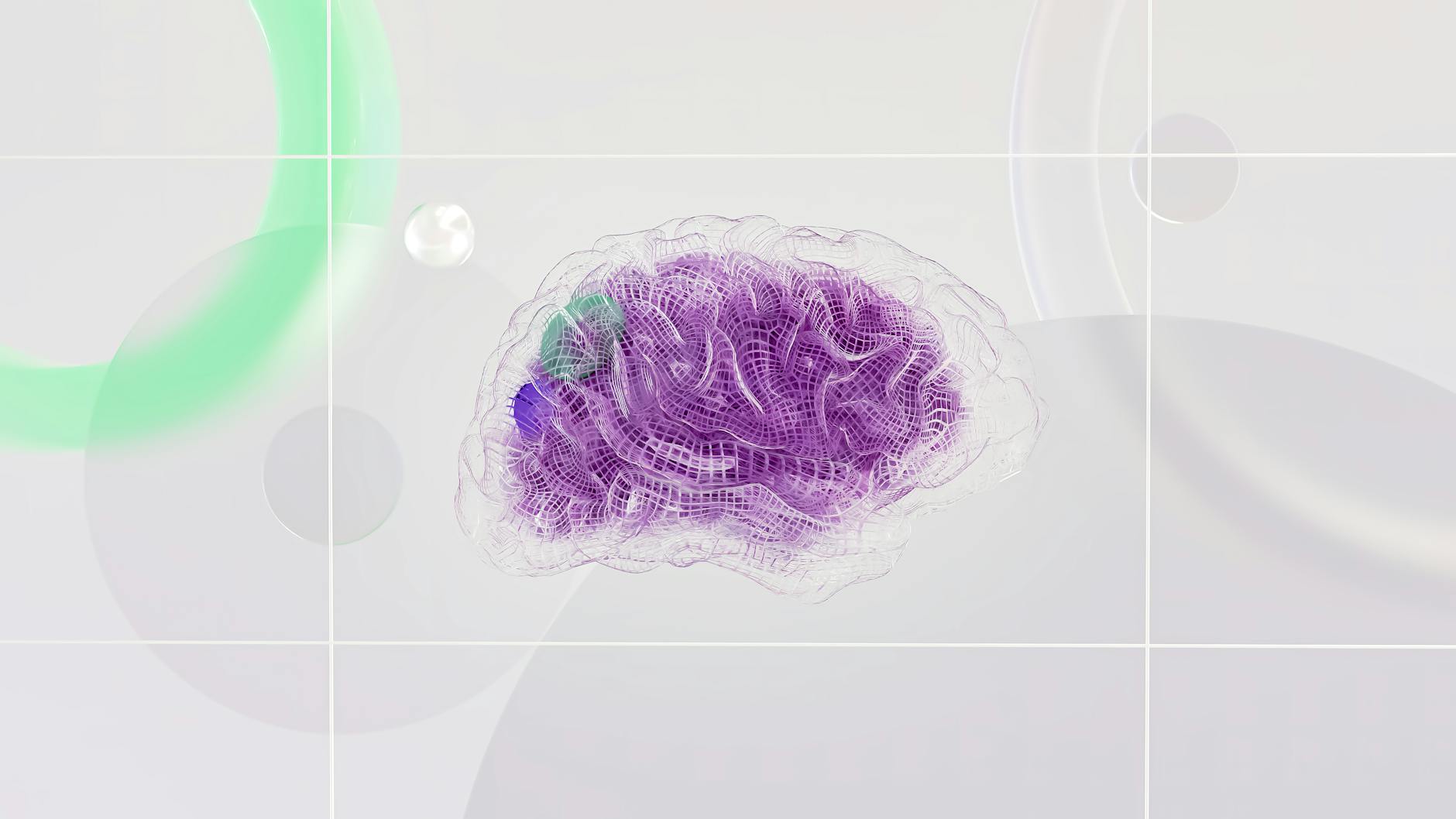The success of LLMs artificial intelligence models such as chat gpt and gemini has maximized the global interest in artificial intelligence. This trend has also reached a certain success in text to image models. Under these conditions, many companies, especially those with access to large databases, are trying to create their own artificial intelligence models. However, this process, described as the AI boom, has not yet occurred in the field of robotics. Especially efforts to train robots to interact with the physical world have not achieved success at the desired levels, at least so far, due to reasons such as cost and impracticality. but its enormous potential motivates the acceleration of studies in this field.
One of the companies working in this field is Covarian. According to The New York Times and Technologyreview, this robotics software company is creating ways for robots to pick, carry and sort items as they are moved between warehouses and distribution centers. Its goal is to help robots understand what’s going on around them and decide what they should do next.
Like chatbots and image generators, this robotics technology learns its skills by analyzing massive amounts of digital data. This means engineers can improve the technology by feeding it more and more data.
As companies train such systems on increasingly larger and more diverse collections of data, the researchers believe the system will improve rapidly.
This is very different from the way robots worked in the past. Typically, engineers programmed robots to perform the same precise movement over and over again; for example, picking up a box of a certain size or attaching a rivet to a certain spot on the rear bumper of a car. However, robots could not handle unexpected or random situations.
By learning from digital data—hundreds of thousands of examples of what’s happening in the physical world—robots can begin to handle unexpected situations. And when these examples are paired with language, bots can also respond to text and voice suggestions just like a chatbot would.
This means robots like chatbots and image generators will also become more useful.
However, it may be necessary to wait a little longer for a final result from these studies, such as robots that understand what people say and fulfill their wishes.










